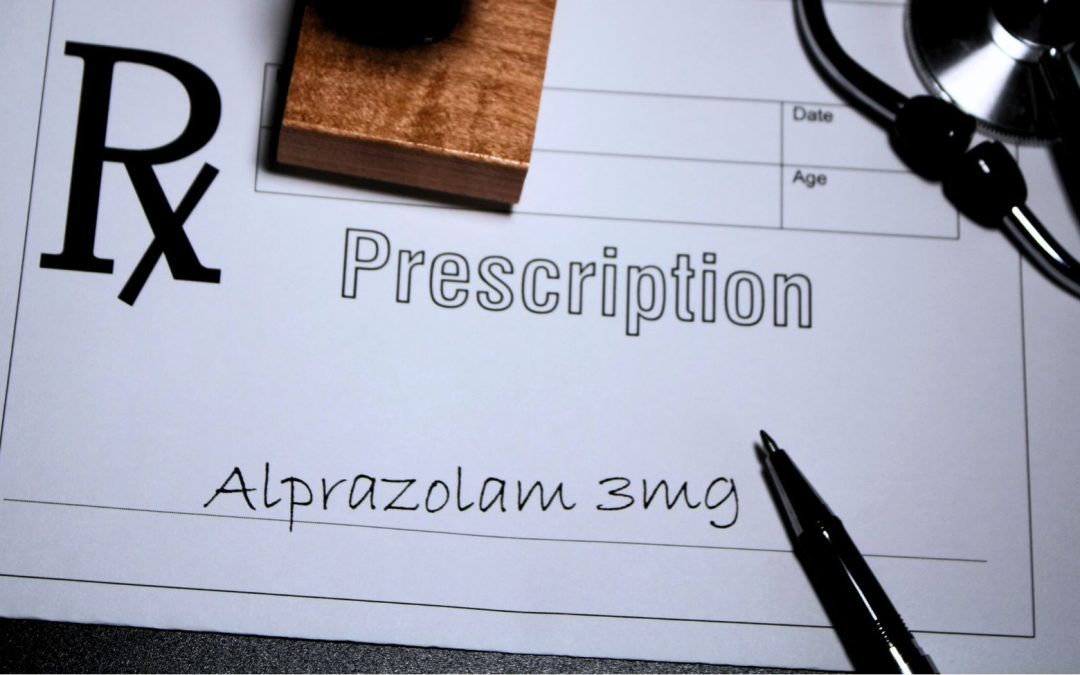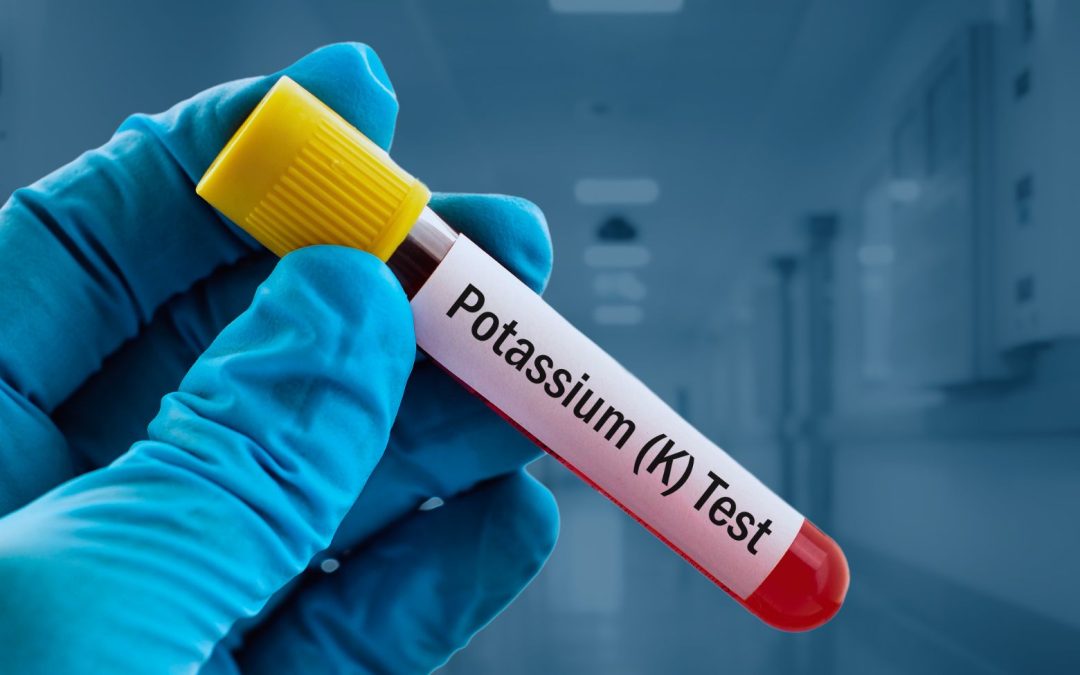Tylenol Overdose Treatment
Acetylcysteine therapy (NAC) for Tylenol overdose can be a safe and effective treatment. The benefit of acetylcysteine diminishes as the delay in treatment increases. It can prevent the onset of hepatotoxicity and may improve survival. It is a non-toxic agent, safe to use, and cost-effective.
The N-acetyl-p-benzoquinone imine (NAPQI) metabolite of acetaminophen is toxic to the liver. It interacts with various macromolecules, including cysteine, glutathione, and cytochrome P450 2E1. In a large clinical study, 2540 patients with acetaminophen ingestions received oral or IV N-acetylcysteine. No deaths occurred in the patients who received N-acetylcysteine therapy within 16 hours.
There are three primary types of acetylcysteine: intravenous (IV), oral, and N-acetylcysteine. If a patient experiences severe vomiting, providers should avoid oral acetylcysteine. If there are no contraindications, provider should consider the IV form of acetylcysteine.
The loading dose is 140 mg per kilogram of body weight. Then, 70 mg per kilogram every four hours for seventeen doses. The duration of the course is 72 hours. In the United States, oral therapy is the standard and effective, but requires that the patient has no contraindications.
The Rumack-Matthew nomogram is a semilogarithmic graph that calculates the relationship of acetaminophen plasma concentration (in µg/mL or µmol/L), the time after drug ingestion, and the risk of hepatic toxicity, though the nomogram has limitations. For example, it cannot estimate hepatotoxicity in patients for whom the time of ingestion is unknown.
During an acute acetaminophen overdose, the nomogram is a clinical tool that helps clinicians predict the potential for hepatotoxicity. The tool allows physicians to decide whether the patients warranted N-acetylcysteine therapy. Providers should consult with the local poison control center for up-to-date treatment protocols.









